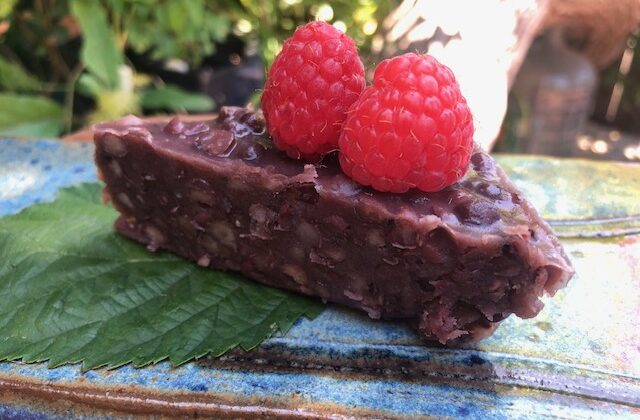As I wrote in my last blog, I love azuki beans.
I recommend Azuki Remedy Tea for supporting the kidneys and bladder.
If you haven’t read my blog on the Azuki Remedy Tea recipe and why it supports your kidneys and bladder, I recommend checking it out here.
When I do macrobiotics counseling, I recommend azuki bean remedy tea to many of my clients and encourage clients to make and drink azuki tea at home.
I’m often asked, “What should they do with the azuki beans after making the tea?”
The azuki beans after the azuki bean remedy tea can be used in cooking dishes or desserts.
Azuki and Kabocha Squash Dish/Stew (Love, Sanae,” cookbook page 209)
Azuki bean soup
Azuki spread (jam)/azuki glaze (Love, Sanae,” cookbook page 217)
Azuki desserts include Yōkan, Oshiruko, and Zenzai.
and more
I had been doing healing work for a client who was hospitalized in a room with central air conditioning. After visiting the hospital 2-5 times a week for 2 months, my body felt cold and started getting lower back pain, so I made an “azuki bean remedy tea” to support my kidneys and nurture myself. It made me feel warm, soothed, and relieved the pain.
I also made azuki yōkan (sweet bean jelly) with the beans after I made the azuki remedy teas for the first time in a while.
It was delicious.
I shared auzki yōkan with my new friend, Roni.
She loved it and asked me how to make it, so here is the recipe.
Azuki Yōkan Dessert’s recipe
Ingredients:
1 cup cooked azuki beans – I used the azuki beans after Azuki Remedy Tea ( Azuki Remedy Tea Blog)
4~5 tablespoons rice syrup/beet sugar
2~3 tablespoons agar*
1 teaspoon maple syrup (optional)
Fruits (optional)
1. Cooked azuki beans:
1) If the azuki beans are soft, you add a half cup of water and start heating it up, and add rice syrup or beet sugar and mix well.
2) If the azuki beans are not soft yet, then you need to add one cup of water and cook for another 30 minutes or till the beans are soft.
After the beans are soft, add rice syrup or beet sugar.
2. Once the sweetener is mixed well, you can taste it.
Make sure it is mildly sweet enough.
The Yōkan in Japan typically utilizes two types of Azuki bean paste: Tsubu-an (coarse, mashed bean paste) and Koshi-an (smooth, sieved bean paste). Additionally, it contains a significant amount of refined sugar.
I use azuki beans after cooking as it is, so I don’t make any paste, but if you want, you can also make it into a paste.
3. You add agar and mix to cook(simmer) for 8~10 minutes or so.
4. You transfer it to a mold/glass container to cool it off.
Then you can put it in the refrigerator.
5. To serve azuki yōkan, cut them like cake, and if you like, top with fruit, then serve.
You taste yōkan, and if you need more sweetener, then you might add a tiny amount (a teaspoon) of maple syrup on top.
* Agar is a food that is expected to be highly effective against lifestyle-related diseases such as obesity, high blood sugar, high blood pressure, and high cholesterol.
Sometimes, I want to make it softer like jelly or sweet sauce, then I reduce the agar or omit it altogether. I then eat it as jello or use it to make azuki glaze (Love, Sanae,” cookbook page 217) and drizzle it over cooked apples, peaches, and other fruits.
I hope you enjoy making Azuki Remedy Tea and Azuki Yōkan!
*Yōkan (羊羹) is a wagashi which, is a Japanese confectionery made of red bean paste, agar, and sugar. It is usually sold in a block form and eaten in slices.
Love,
Sanae ❤️

